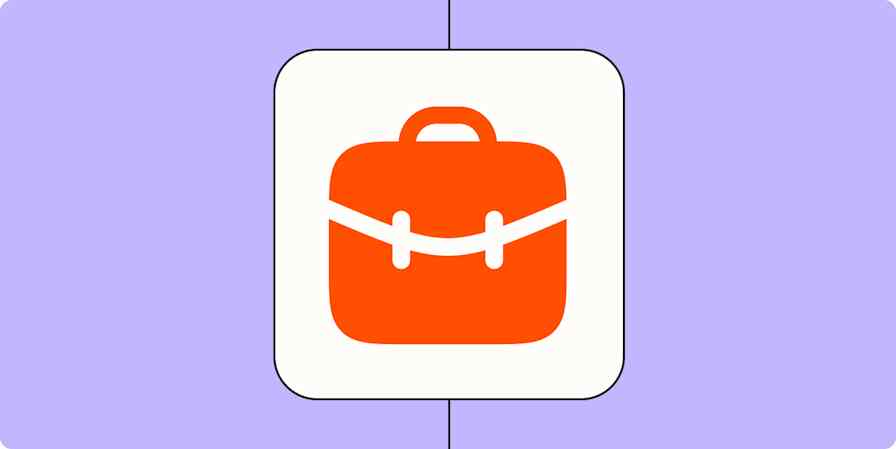Productivity tips
7 min readWhat to do when you lose your job
7 practical steps to take—based on experience
By Leanna Lee · October 17, 2024

Get productivity tips delivered straight to your inbox
We’ll email you 1-3 times per week—and never share your information.
Related articles
Improve your productivity automatically. Use Zapier to get your apps working together.








